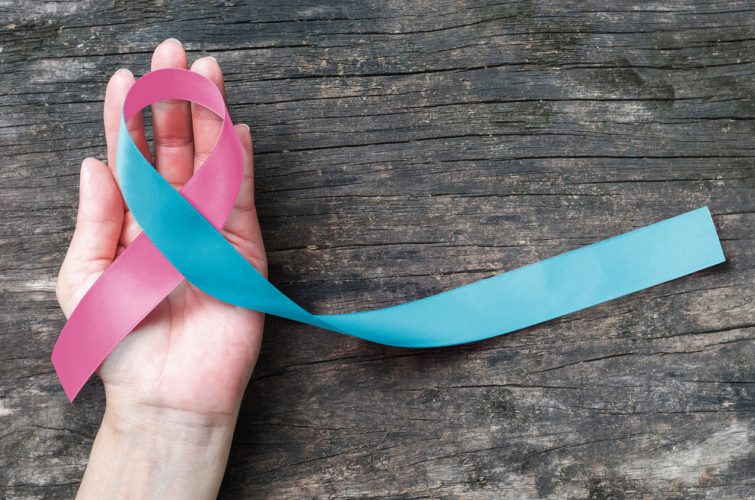 Pink blue ribbon awareness (isolated with clipping path) bow color for newborn birth defect, Sudden Infant Death Syndrome (SIDS), pregnancy Loss on helping hand
Pink blue ribbon awareness (isolated with clipping path) bow color for newborn birth defect, Sudden Infant Death Syndrome (SIDS), pregnancy Loss on helping hand
Before we start, I want to say that this is a difficult topic for many people. This topic is relevant for not only women, but also includes men, any parent of all genders, grandparents, and for those who feel traumatised when someone close to them has experienced this.
While listening if anyone feels too distressed – LifeLine – 131114
As difficult as it is to talk about this topic, I’m someone who believes that we need to talk about it, fairly openly and as honestly as we can. I realise sometimes it is not easy to hear or to talk about it, and I also realise that everyone responds differently, and they are at different stages of their own grief.
When we talk about pregnancy trauma or birth trauma, we are including an outcome when the baby lives. When we are talking about pregnancy and infant loss we are not.
This is a difficult and a very sensitive point. What we are referring to here is when a baby has died. The word died or death can sound harsh, and it is with deep sadness that this is what has happened. Understandably, some people can’t use these words or don’t want to hear these words because it sounds too final.
What the parent is feeling is loss, a deep sense of loss, intense, loss. Grief is the response to loss. These feelings of grief and loss is also very physical, and has cognitive, behavioural, social, spiritual, and philosophical consequences.
For two reasons;
Every country is a little different in how these terms are defined. It is not only defined by the World Health Organisation (WHO).
In Australia, the perinatal period is generally defined – from 22 wks gestation up until 28 days after the birth. The perinatal period may also have slightly different legal and statistical definitions.
Miscarriage – usually within the first 12/13weeks (3 months). Sometimes it is defined as 8-12 wks. Generally, any time after the pregnancy is confirmed. A synonymous term for miscarriage is ‘early pregnancy loss’. In NSW, if the miscarriage was less than 20 wks, it is not a registered birth. However, you can apply for an ‘early loss’ certificate.
Stillbirth – a registered death after 20 weeks gestation.
Neonatal death – a registered death within 28 days of the birth (within the first month).
Infant loss – includes any time from birth up until the child is 1-2 years old, and this includes SIDS.
When people talk about a foetal death, they are referring to the unborn offspring, unborn baby. Some people may find this term very clinical.
When reading through the literature including social media, Australia on the one hand is considered a safe place to have a baby. Yet stillbirths are not uncommon, and Australia therefore is higher than many other countries. Statistics however vary and therefore provide an estimation:
In a 2020 report from the Australian Institute of Health and Welfare (AIHW):
On the SANDS (Miscarriage, Stillbirth and Neonatal Death Support) website, they report that each year approximately 106,000 thousand babies lose their lives to miscarriage, stillbirth and newborn death each year.
Although the mortality rates for babies born before 28 weeks seems to be remaining relatively steady, the rate of stillbirths after 28 weeks gestation and neonatal deaths have decreased over the past 20 years.
However … regardless of the numbers, the death of a baby is a significant and traumatic reality for many parents.
Although science has progressed forward with much success, pregnancy and childbirth is an area in human existence that we cannot always have total control over. At one point, people are on a journey towards a healthy pregnancy and childbirth, and then suddenly that direction changes. We can’t always predict what is going to happen. Society has moved forward in so many ways, decreasing the number of mother and infant deaths. However unfortunately, it still happens. But knowing this, this big picture perspective, doesn’t make it any easier when it happens.
The short answer is we cannot. This is because everyone describes the death of their baby very differently. Different communities within society have different expectations around grief and feelings of loss. Some people grieve internally, while others experience grief externally. From the outside, grief and loos can look very differently.
It’s really about time. Not time to recover, but time to heal enough to function again and move forward. When moving forward, it is not about leaving your baby behind. You bring your baby with you. The memories of the pregnancy, or the birth, photos, a few baby clothes or toys.
Some people wear a thread or ribbon or something inside the left side of their bra – as a way to hold their baby close to their heart. To be remembered always.